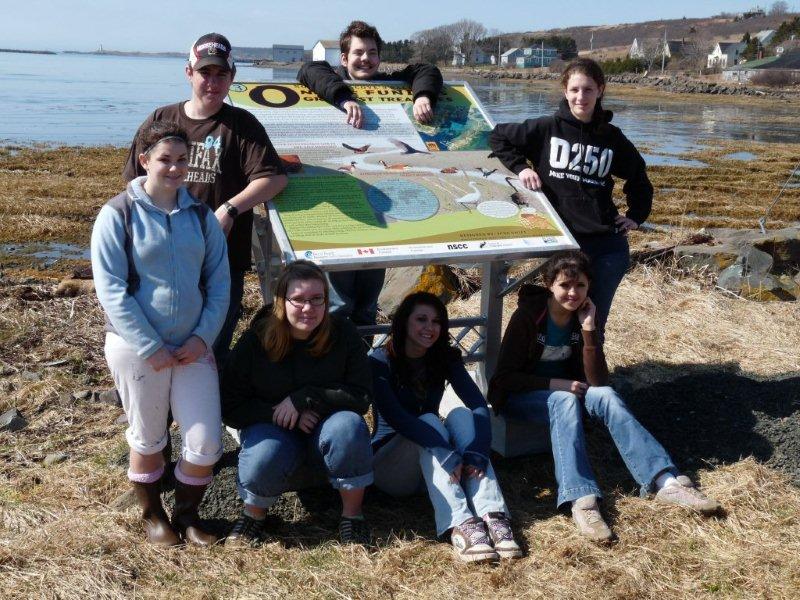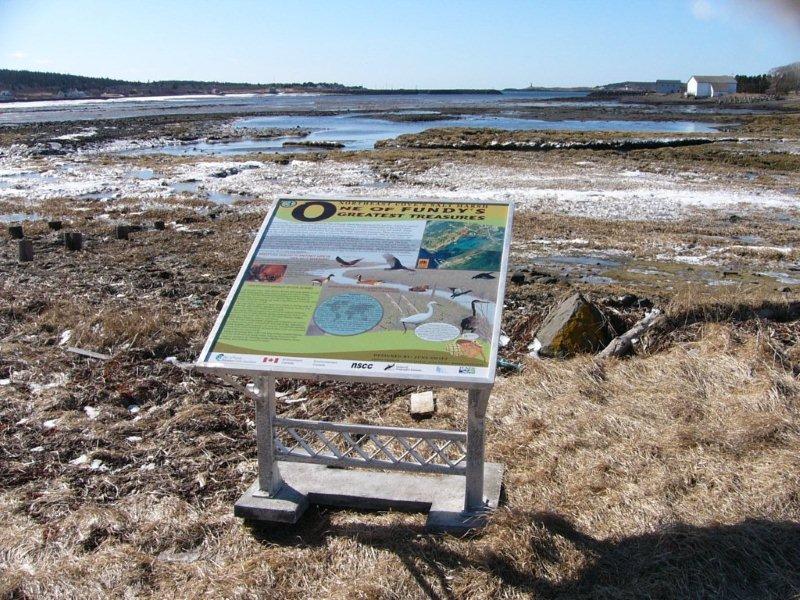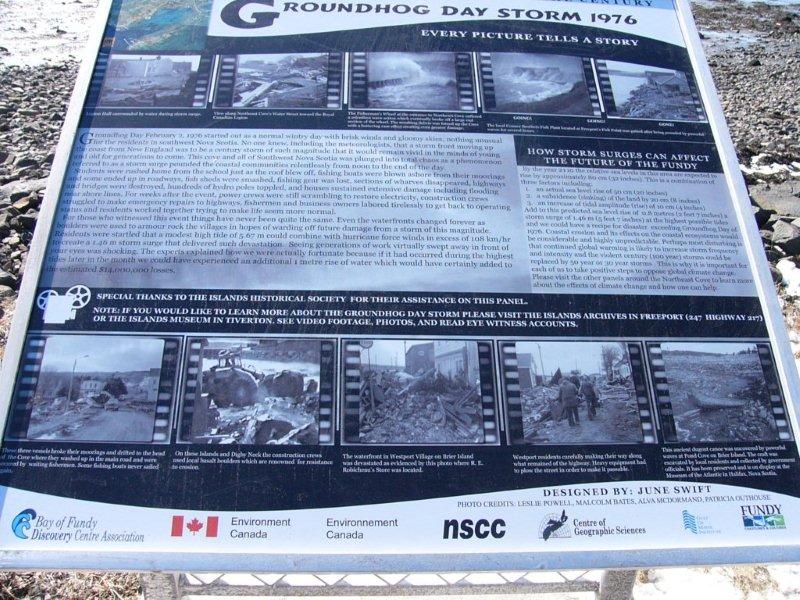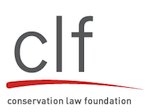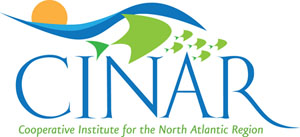Roger Outhouse retired from teaching biology in the classroom five years ago, but he didn’t retire from teaching altogether. Instead, Outhouse volunteered with the Gulf of Maine Institute (GOMI) to help raise awareness about climate change.
Now Outhouse leads a group of young volunteers in the Digby Neck/Islands GOMI Team in executing an Environment Canada project around Northeast Cove, Long Island, a local project he hopes will contribute to enhancing the Gulf of Maine watershed.
“We’ve produced bumper stickers, brochures and color panels around Northeast Cove,” explained Outhouse. “The panels explain the effect of climate change on sea level rise, mud flats, rocky shore and saltmarsh, as well as how it results in century storms.”
He uses as a reference the Groundhog Day Storm of 1976 during which high tides and winds created a storm surge effect that was “traumatic throughout the entire southeast of Nova Scotia,” said Outhouse. “It was the storm in living memory by which we measure everything.”
The moveable 4′ x 4′ panels, printed on brushed aluminum plates affixed to heavy concrete bases, stand around the cove from April through November so visitors can read the messages. They have been in place for three summers “When a storm is threatened, such as Earl this summer, we just tip them over.” Panels are taken in for the winter.
The team won’t stop there. Outhouse says they plan to create a “Loyalist Park” to commemorate all the Americans who came to Canada during the Revolutionary War in the U.S. “We have a great affiliation with the New England area–names and relatives.”
The team is also helping with the Fundy View Trail and a garden, now in early stages. The 140 members of the Bay of Fundy Discovery Center Association have taken the team under their wing. These associations, Outhouse believes, “Double, triple, quadruple our efforts.”
“We believe in helping others—cooperating. It’s the way to accomplish things in small communities,” he added. Three communities comprise the area, with fewer than 250 residents in each.
“We’re not talking about lots of people, and many are older,” Outhouse said. Besides spearheading their own projects, his team contributes to beach sweeps and trail cleanups.
Aside from the measurable effects of cleanups, the future effects of educating the public about climate change and the benefits of cooperation, Outhouse sees another, more personal consequence of the GOMI team.
“I have never seen anything like this GOMI program,” Outhouse explained. “What I find intriguing as an educator and a guidance counselor, is that the program takes people who might be shy but who want to help. You watch them grow, gain confidence, affiliate with other youth. Both rural and urban students come together and present things to groups of 60 to 80 people, or panels of government officials, educators and scientific researchers.”
“It’s not easy to do, but they come away with positive attitudes toward the environment and confidence, as well as ideas to adapt to their own environment,” said Outhouse. “We’re now trying to persuade a village in our area to turn an abandoned park over to us to make a garden with indigenous plants. There’s a primary to 12th grade school adjacent, so the students could use it for walks and an outdoor classroom. ”
“There would be salt water, a mudflat, a freshwater stream and wetlands all within a 1-mile circuit,” he said. “We’ve talked to many teachers who would support it.” Efforts required for the proposed 3-year project include building a bridge across the stream.
“If the bridge cost is not outrageous, the community will go for it and we’ll start in the fall,” said Outhouse. “It will can be used as a picnic area and it’s adjacent to a playground.”
An existing trail already emerges on the proposed site and there’s the potential to join one trail with another there.
“If they were joined, the total walk through a bit of the village would be four kilometers (2.4 miles). It takes us through a bit of history—Lover’s Lane—and a fair amount of seashore.”
Outhouse says two of three proposed signs are already designed. The information to be presented will include the history of the park, such as its uses as a farm, a picnic area and a fox farm, as well the value of the place because of the creatures and plants there.
“We can make a difference,” said Outhouse. “There are things you can do on the home front.”
Nancy Griffin in the Gulf of Maine Times editor.
Print
